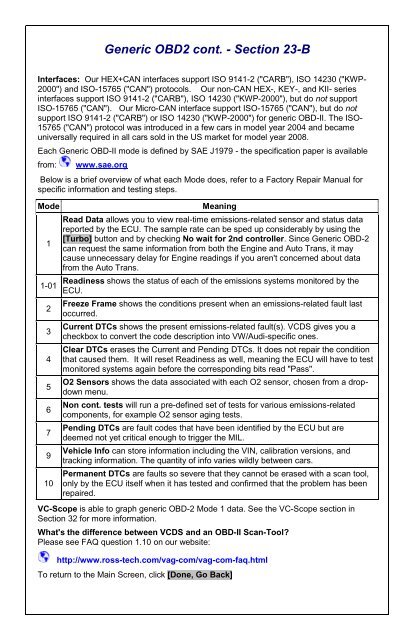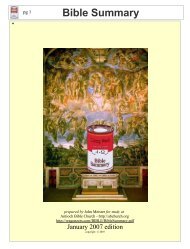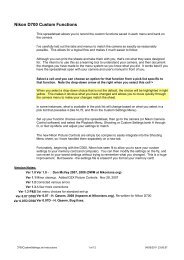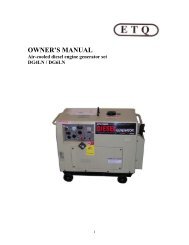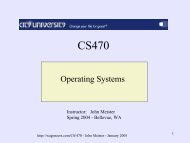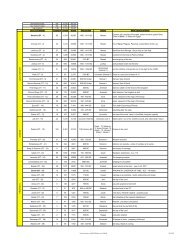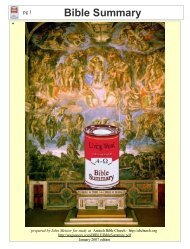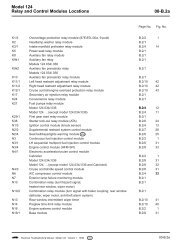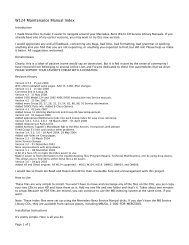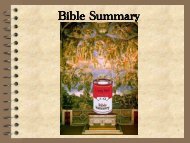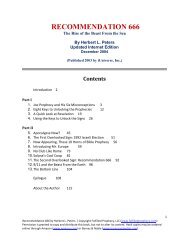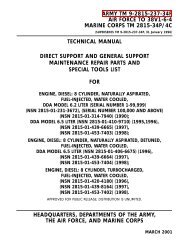VCDS Release 11.11 PDF Manual Printing Instructions: - Ross-Tech
VCDS Release 11.11 PDF Manual Printing Instructions: - Ross-Tech
VCDS Release 11.11 PDF Manual Printing Instructions: - Ross-Tech
You also want an ePaper? Increase the reach of your titles
YUMPU automatically turns print PDFs into web optimized ePapers that Google loves.
Generic OBD2 cont. - Section 23-B<br />
Interfaces: Our HEX+CAN interfaces support ISO 9141-2 ("CARB"), ISO 14230 ("KWP-<br />
2000") and ISO-15765 ("CAN") protocols. Our non-CAN HEX-, KEY-, and KII- series<br />
interfaces support ISO 9141-2 ("CARB"), ISO 14230 ("KWP-2000"), but do not support<br />
ISO-15765 ("CAN"). Our Micro-CAN interface support ISO-15765 ("CAN"), but do not<br />
support ISO 9141-2 ("CARB") or ISO 14230 ("KWP-2000") for generic OBD-II. The ISO-<br />
15765 ("CAN") protocol was introduced in a few cars in model year 2004 and became<br />
universally required in all cars sold in the US market for model year 2008.<br />
Each Generic OBD-II mode is defined by SAE J1979 - the specification paper is available<br />
from: www.sae.org<br />
Below is a brief overview of what each Mode does, refer to a Factory Repair <strong>Manual</strong> for<br />
specific information and testing steps.<br />
Mode Meaning<br />
1<br />
1-01<br />
2<br />
3<br />
4<br />
5<br />
6<br />
7<br />
9<br />
10<br />
Read Data allows you to view real-time emissions-related sensor and status data<br />
reported by the ECU. The sample rate can be sped up considerably by using the<br />
[Turbo] button and by checking No wait for 2nd controller. Since Generic OBD-2<br />
can request the same information from both the Engine and Auto Trans, it may<br />
cause unnecessary delay for Engine readings if you aren't concerned about data<br />
from the Auto Trans.<br />
Readiness shows the status of each of the emissions systems monitored by the<br />
ECU.<br />
Freeze Frame shows the conditions present when an emissions-related fault last<br />
occurred.<br />
Current DTCs shows the present emissions-related fault(s). <strong>VCDS</strong> gives you a<br />
checkbox to convert the code description into VW/Audi-specific ones.<br />
Clear DTCs erases the Current and Pending DTCs. It does not repair the condition<br />
that caused them. It will reset Readiness as well, meaning the ECU will have to test<br />
monitored systems again before the corresponding bits read "Pass".<br />
O2 Sensors shows the data associated with each O2 sensor, chosen from a dropdown<br />
menu.<br />
Non cont. tests will run a pre-defined set of tests for various emissions-related<br />
components, for example O2 sensor aging tests.<br />
Pending DTCs are fault codes that have been identified by the ECU but are<br />
deemed not yet critical enough to trigger the MIL.<br />
Vehicle Info can store information including the VIN, calibration versions, and<br />
tracking information. The quantity of info varies wildly between cars.<br />
Permanent DTCs are faults so severe that they cannot be erased with a scan tool,<br />
only by the ECU itself when it has tested and confirmed that the problem has been<br />
repaired.<br />
VC-Scope is able to graph generic OBD-2 Mode 1 data. See the VC-Scope section in<br />
Section 32 for more information.<br />
What's the difference between <strong>VCDS</strong> and an OBD-II Scan-Tool?<br />
Please see FAQ question 1.10 on our website:<br />
http://www.ross-tech.com/vag-com/vag-com-faq.html<br />
To return to the Main Screen, click [Done, Go Back]


